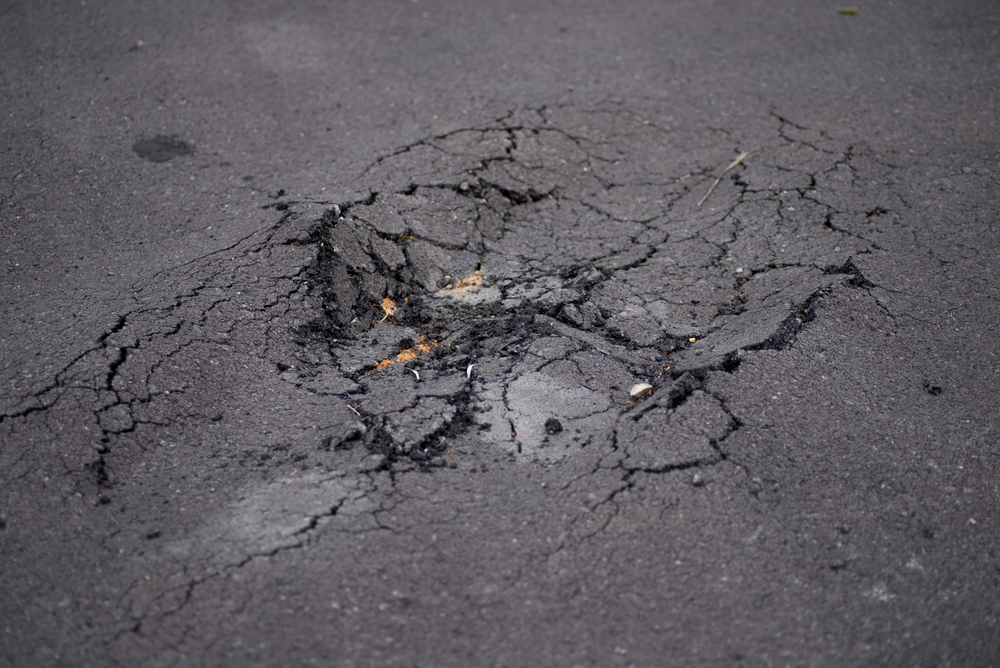
Asphalt repair and sealing are among our most commonly requested solutions at Renaissance Asphalt Services, and they're often required due to damage to your current asphalt surface. However, not all such damage is created equal – there are several different types that may take place depending on the state of your asphalt surface and the surrounding environment, and repairs or sealing needs will be dictated by what sort of impact this damage has on the material.
In reality, there are numerous forms of such damage, known broadly as asphalt distresses. We don't necessarily have time in this space to get into every single one of them, so we've narrowed the list down to six of the most common forms of asphalt damage you may see, plus how our team will go about remedying it. This two-part blog series will dig into everything you need to know.
Have you begun to notice square or circular-shaped cracks in various areas of your asphalt pavement? This is often a sign of an installer who used an old mix, or allowed the asphalt mix to dry too much when the surface was laid – especially if you're noticing it within two to three years of initial paving.
These are called block cracks, and luckily they're relatively minor when it comes to potential damage and repair needs. They do not extend into asphalt sub-layers, which means they can be easily remedied using thin overlays or certain simple surface treatments. Between these and simple sealing methods, these cracks can be worked out while also preventing further such risks to the surface.
Also known in some circles as alligator cracking, fatigue cracking refers to several small cracks that all collect in a small area – they appear similar to alligator skin, hence the alternative name. Once again, this sort of cracking indicates design or installation flaws, or could also be due to excessive loads and poor drainage.
Unlike block cracking, fatigue cracking does impact every layer of the asphalt, including the sub-layers. This means repairs are more extensive, involving full-depth patches, strengthening techniques and others.
Linear cracking, also called transverse or longitudinal cracking, occurs along pavement joints. These joints form when larger asphalt surfaces are laid, as these are done in sections that must connect – these are the joints. If they aren't laid properly, these can form cracks, which also may form due to shrinkage, temperature fluctuations and more. One major repair method for these cracks involves improving drainage and filling cracks.
For more on the different kinds of asphalt damage that may take place, or to learn about any of our asphalt repair, asphalt paving or other asphalt solutions, speak to the staff at Renaissance Asphalt Services today.